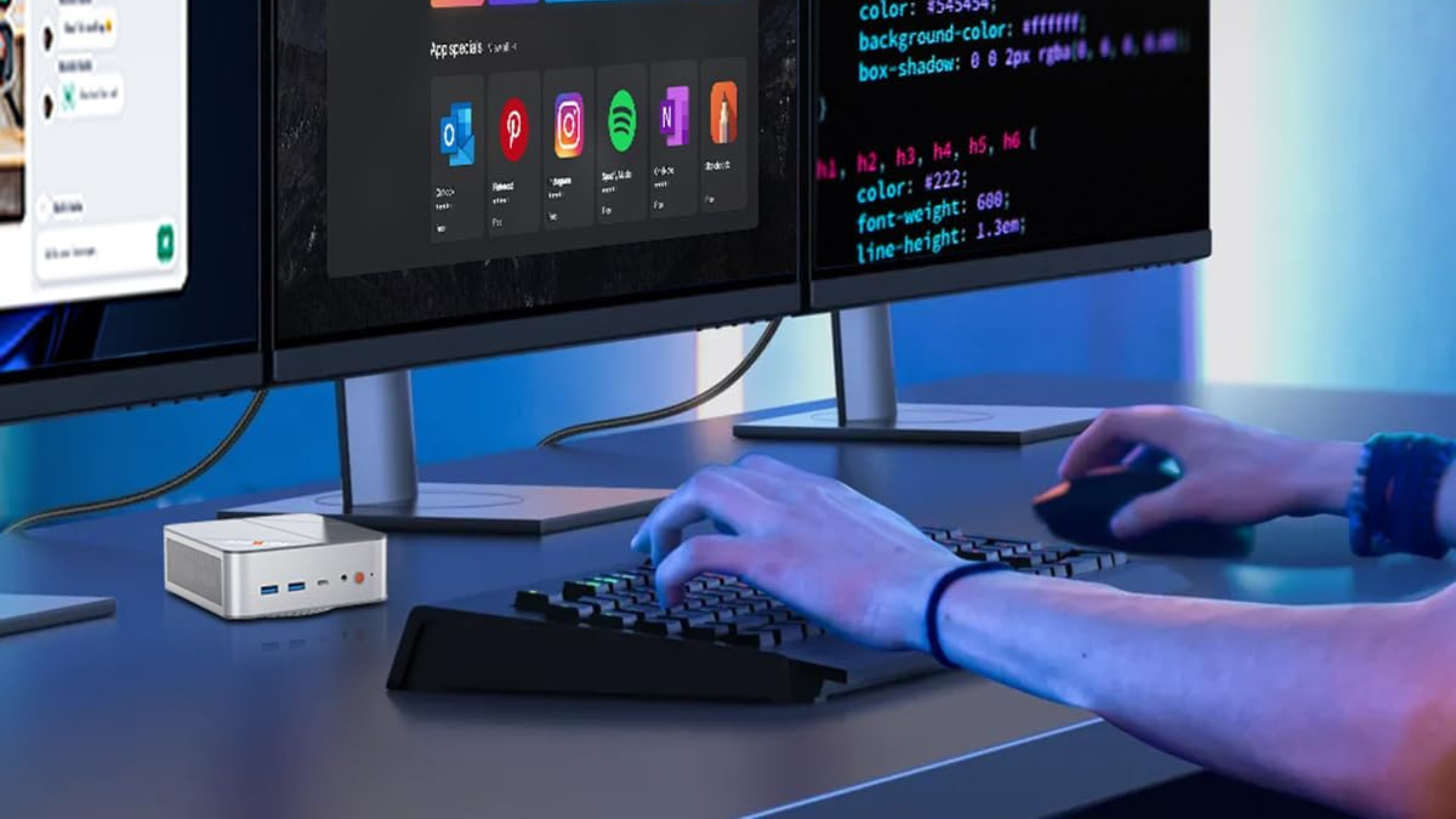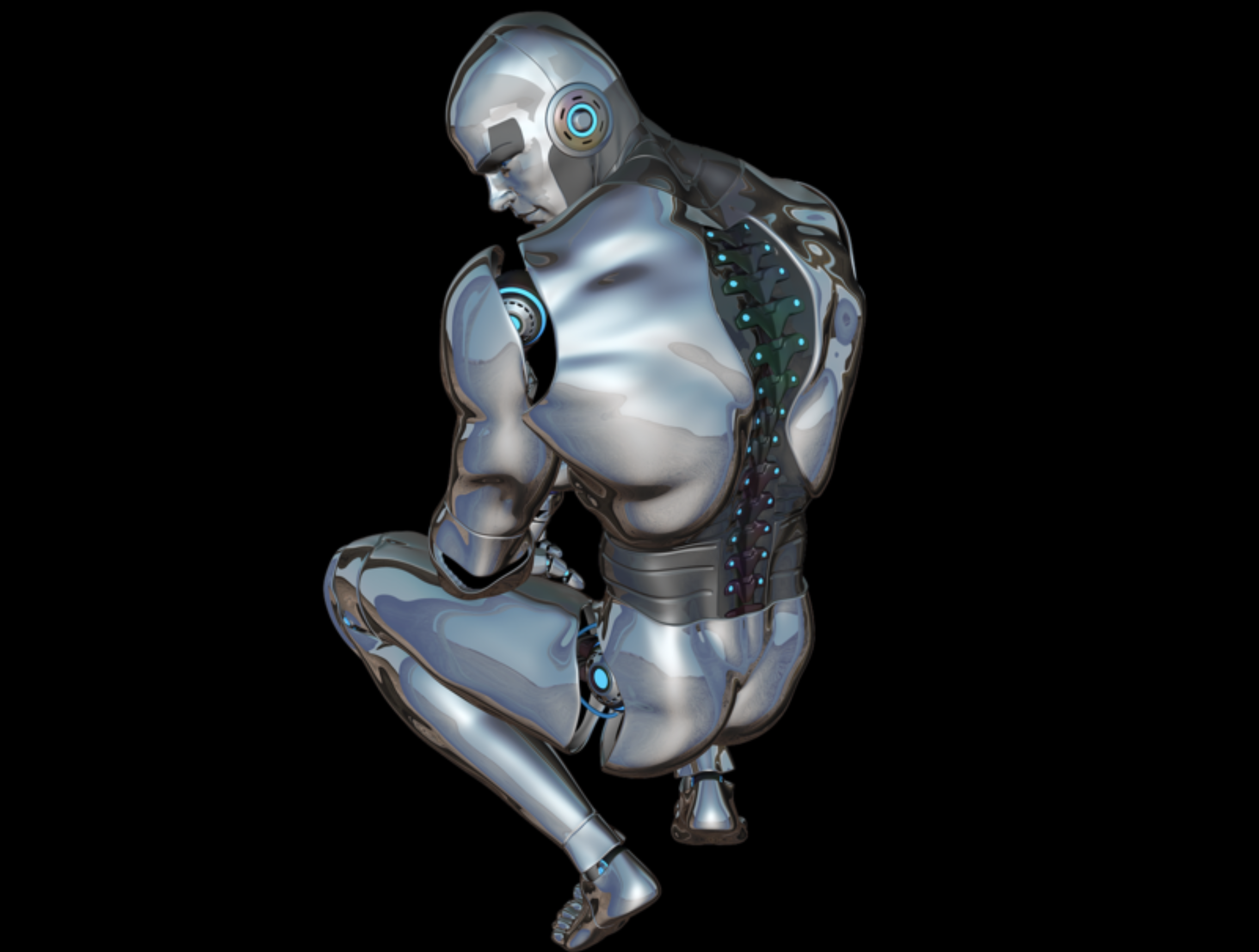Microsoft Predicts the End of Keyboards and Mice by 2030: A Bold Vision or Wishful Thinking?
Microsoft has made a bold prediction: by 2030, the traditional keyboard and mouse will be relics of the past, replaced by advanced AI-driven voice controls and natural language interfaces. This vision, presented by Microsoft’s Corporate Vice President David Weston in a recent YouTube video titled “2030 Vision,” outlines a future where interacting with your computer is as simple as having a conversation. But is this future as inevitable as Microsoft suggests, or is it a case of tech optimism outpacing reality?
Microsoft’s 2030 Vision: Talking to Your PC
In the video, Weston claims that the days of “mousing around and keyboarding around” will soon feel as alien as using DOS does to Gen Z. Instead, he envisions a world where users interact with their computers through multimodal communication—seeing, hearing, and speaking to their devices in a natural, conversational manner. AI advancements, particularly in large language models (LLMs), are expected to make this possible by enabling computers to understand and respond to complex, context-rich commands.
“I think we will do less with our eyes and more talking to our computers, and I truly believe the future version of Windows and other Microsoft operating systems will interact in both, uh – in a multimodal way. The computer will be able to see what we see, hear what we hear, and we can talk to it and ask it to do much more sophisticated things, So I think this will be a much more natural form of communication.”
A Familiar Tune: The Ghost of Cortana
This isn’t the first time Microsoft has touted the end of traditional input devices. Remember Cortana, the digital assistant introduced with Windows Vista? Back then, Microsoft promised a hands-free computing experience, but the reality fell short. Cortana struggled with accuracy, and users quickly reverted to their trusty keyboards and mice.
While today’s AI models are undoubtedly more advanced, the skepticism remains. Voice recognition has improved, but it’s still not perfect. Accents, background noise, and complex commands can trip up even the best systems. Moreover, the idea of talking to your computer for every task—especially in shared or public spaces—raises questions about privacy and practicality.
The Keyboard and Mouse: Still Going Strong
The keyboard and mouse have endured for decades because they are efficient, precise, and versatile. They are the default input devices for everything from writing emails to gaming. While there have been numerous attempts to revolutionize these tools—ergonomic designs, touchpads, styluses—none have managed to replace them entirely.
- Productivity: Typing long documents, coding, and data entry are tasks where keyboards excel. Voice input may be faster for short commands, but it’s less efficient for extended work.
- Gaming: Gamers rely on the precision of a mouse and the tactile feedback of a keyboard. Voice commands are unlikely to offer the same level of control, especially in fast-paced or competitive environments.
- Privacy: Not everyone wants to speak their commands out loud, especially in open offices or public places. The keyboard offers a discreet way to interact with your device.
AI Integration: Enhancing, Not Replacing
AI is undoubtedly transforming the way we interact with technology. Features like voice assistants, predictive text, and smart search are becoming more common. However, these advancements are more likely to complement traditional input methods rather than replace them entirely.
For example, AI can enhance productivity by automating repetitive tasks, providing intelligent suggestions, and enabling more natural interactions. But for many users, the keyboard and mouse will remain essential tools for precise control and input.
The Road Ahead: A Hybrid Approach
Microsoft’s vision for 2030 is ambitious, but it may be more realistic to expect a hybrid approach. Voice controls and AI-driven interfaces will become more prevalent, but they will coexist with traditional input devices. Users will choose the method that best suits their needs and environment.
In the next five years, we may see more seamless integration of voice and AI features into operating systems like Windows. However, the keyboard and mouse are unlikely to become “alien” anytime soon. They are deeply ingrained in our computing habits and continue to evolve alongside new technologies.
Conclusion: Don’t Ditch Your Keyboard Just Yet
Microsoft’s prediction of a keyboard- and mouse-free future by 2030 is intriguing, but it may be more wishful thinking than an inevitable reality. While AI and voice controls will play a larger role in how we interact with our devices, the tried-and-true keyboard and mouse are here to stay—for now.
As technology continues to advance, the best approach may be to embrace both new and old input methods, allowing users to choose what works best for them. After all, the future of computing is not just about innovation—it’s about adaptability and user choice.
So, before you start practicing your best “Hey, Windows” commands, rest assured that your keyboard and mouse will likely be by your side for many years to come.

Article source: Microsoft Predicts Voice Commands Will Replace Keyboard and Mouse by 2030, https://www.xda-developers.com/microsoft-cvp-keyboard-and-mice-voice-commands-2030/



